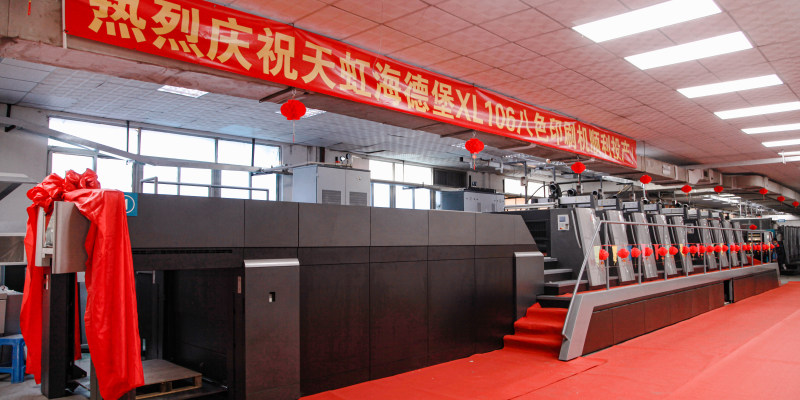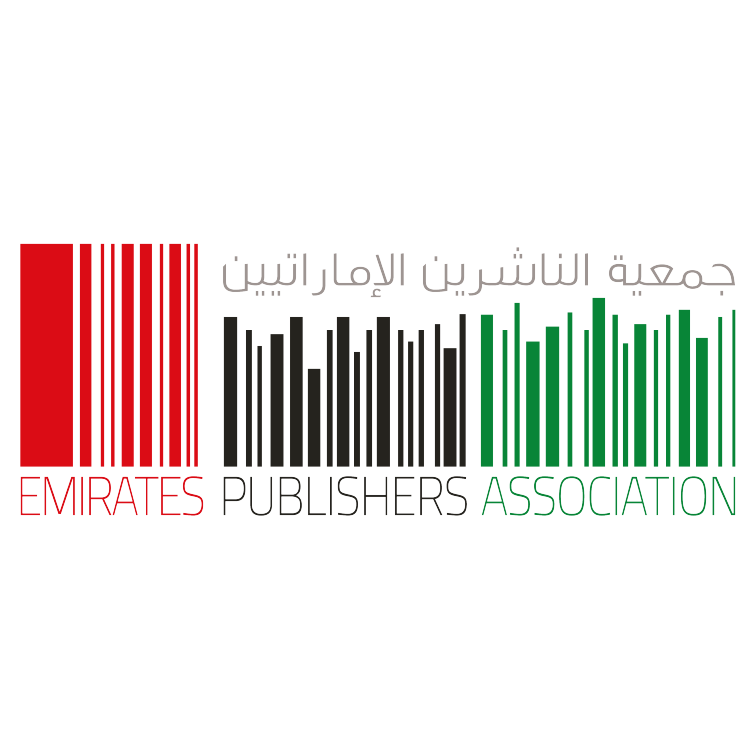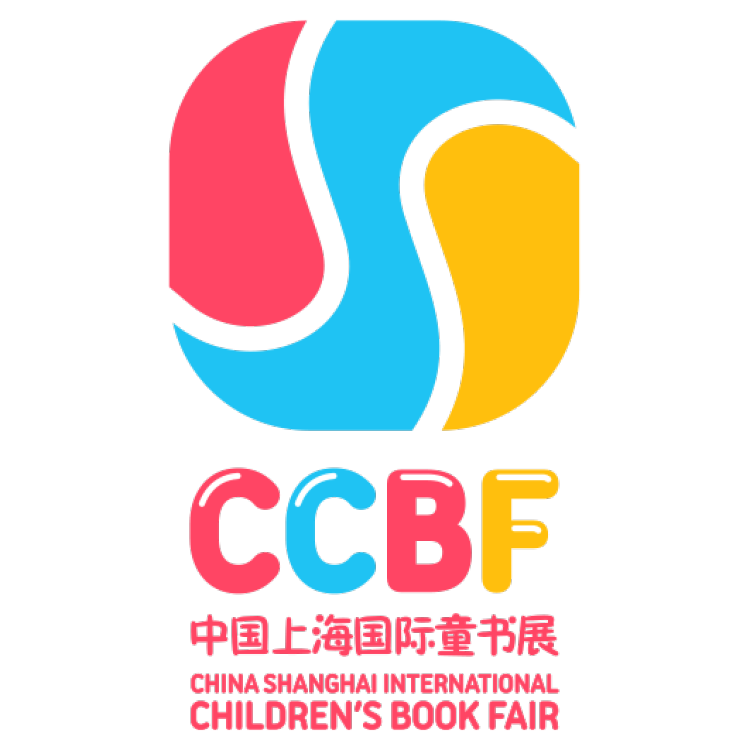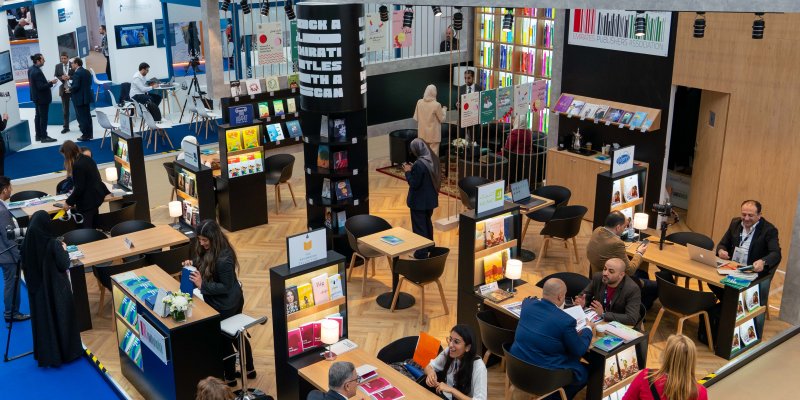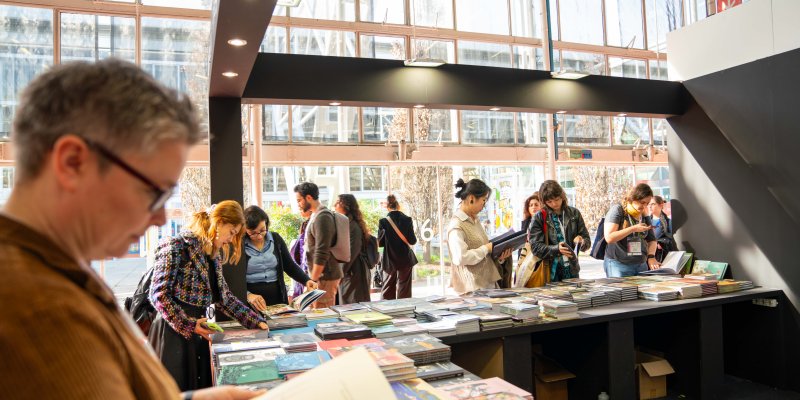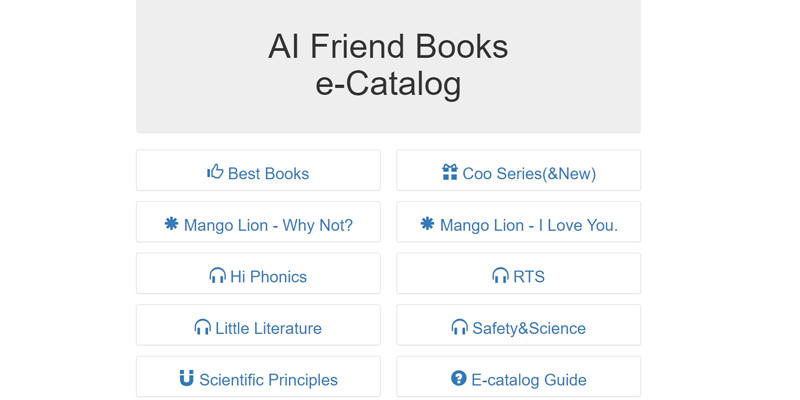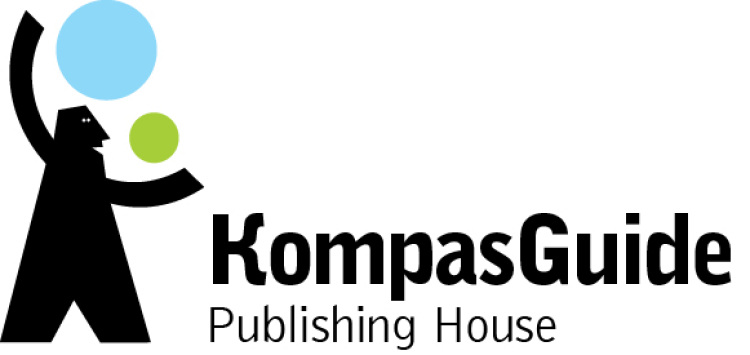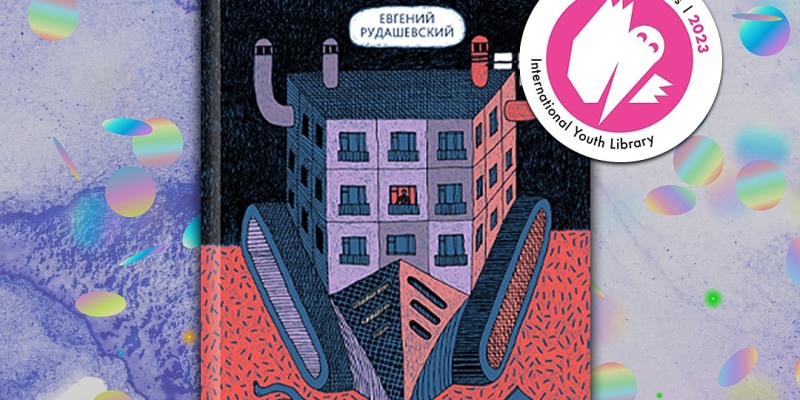Exploring Ancient Techniques: How Were Books Made Before the Printing Press?
- tinahongprint.com
In our modern world, we often take for granted the ease and accessibility of books. We can order and receive a printed book or download an e-book to our devices with just a few clicks. But have you ever wondered what it was like to make a book before the invention of the printing press? The process was a labor of love, requiring meticulous attention to detail and skilled craftsmanship. Let’s journey back in time and explore the ancient techniques used to create books.
Papyrus: The Ancient Writing Material
Before using paper, ancient civilizations relied on papyrus to transmit knowledge and record their thoughts. Papyrus, derived from the Egyptian word “papyrus,” was a durable and versatile writing medium made from the stems of the papyrus plant. This plant grew abundantly along the Nile River, allowing the Egyptians to harness its potential.
To create papyrus sheets, the stems were cut into thin strips, which were soaked in water to soften the fibers. These strips were placed lengthwise and crosswise, forming a woven mat-like structure. The mat was then hammered to ensure the threads stuck together and finally left to dry in the sun. The resulting material was smooth and sturdy, perfect for writing upon.
Scrolls: The First Form of Books
Once the papyrus sheets were ready, they formed scrolls together. Scrolls were the earliest form of books used by various civilizations, including the Egyptians, Greeks, and Romans. Writing on scrolls presented a unique challenge, as the scribe had to continuously unroll and roll up the scroll to access different parts of the text.
The papyrus sheets were trimmed to the desired size and then glued together edge to edge. The scribe would arrange the sheets sequentially, ensuring the text flowed smoothly. The final step involved attaching wooden rods and spindles to both ends of the scroll. These rods served as handles and allowed the reader to roll and unroll the scroll easily.
Scrolls were an efficient way to store much information and were mainly used for official records, religious texts, and literature. However, they also had drawbacks. It was challenging to navigate through a scroll, as finding specific information required considerable manual searching. Additionally, scrolls were prone to damage, as constant unrolling and rolling caused wear and tear.
Codices: The Revolutionary Book Format
Over time, an innovative alternative to scrolls emerged – the codex. The codex was the precursor to the modern book as we know it today. It consisted of multiple folded sheets, called bifolios, bound together along one side. This new format presented numerous advantages over scrolls.
One of the key advantages of the codex format was its ease of use. Instead of having to unravel a scroll constantly, readers could flip through the pages of a codex. The ability to quickly navigate and locate specific information revolutionized the reading experience.
The production of a codex involved several steps. First, the papyrus sheets or parchment (animal skin) were cut into bifolios. The scribe would then write on each bifolio, forming a quire. Multiple quires were stacked, aligned along one edge, and sewn together using thread. Finally, covers made of wood, leather, or elaborately designed fabrics were added to protect the pages.
Illuminated Manuscripts: The Beauty Within the Pages
During the Medieval period, books became more than just vessels for written knowledge. They also became objects of art. Illuminated manuscripts flourished during this time, characterized by intricate illustrations and decorative embellishments.
Creating an illuminated manuscript required a team of skilled artisans, including scribes, illuminators, and binders. The process began with the recorder meticulously copying the text onto the pages. Once the text was complete, the illuminator would add beautiful decorative elements using vibrant colors and precious materials such as gold leaf. The binding process involved securing the pages with a cover and often adorning them with additional embellishments.
The aristocracy, religious establishments, and wealthy individuals primarily commissioned illuminated manuscripts. They were treasured possessions, representing wealth, power, and devotion. Today, these manuscripts are highly sought after and preserved in museums and rare book collections.
Monastic Scriptoria: The Preservation of Knowledge
Before the printing press, producing books often fell upon the shoulders of monks in monasteries. These dedicated individuals worked in scriptoria, writing rooms designed for book production. Monastic scriptoria was vital in preserving and reproducing knowledge during the Middle Ages.
Monks meticulously copied ancient texts by hand, ensuring the accuracy and integrity of the information. The process was rigorous and time-consuming, but it allowed for the propagation of ancient writings that may have been lost to history. Monasteries became centers of learning and innovation, where scholars could access knowledge.
The production of books was revolutionised and made more accessible and affordable with the advent of the printing press in the 15th century. However, the techniques and skills developed during the era of handwritten books remain a testament to human ingenuity and craftsmanship.
Conclusion: The Art and Science of Handmade Books
Before the printing press, creating books was a meticulous and labor-intensive process. From harvesting papyrus to the intricate illustrations found in illuminated manuscripts, each step required specialized skills and attention to detail. The ancient techniques developed to produce books have left an indelible mark on human history and continue to inspire awe and admiration.
As we revel in the convenience of modern printing plants, it is essential to remember and appreciate the craftsmanship and dedication that went into the production of books before the advent of the printing press. The knowledge passed down through handwritten books is a testament to human intelligence and our innate desire to preserve and share information.
To delve deeper into ancient bookmaking techniques, consider exploring museums and rare book collections. Many institutions offer exhibits and workshops that provide invaluable insights into the art and science of handmade books. The journey through the history of book production is both enlightening and humbling, reminding us of the power of the written word and the remarkable achievements of our ancestors.

